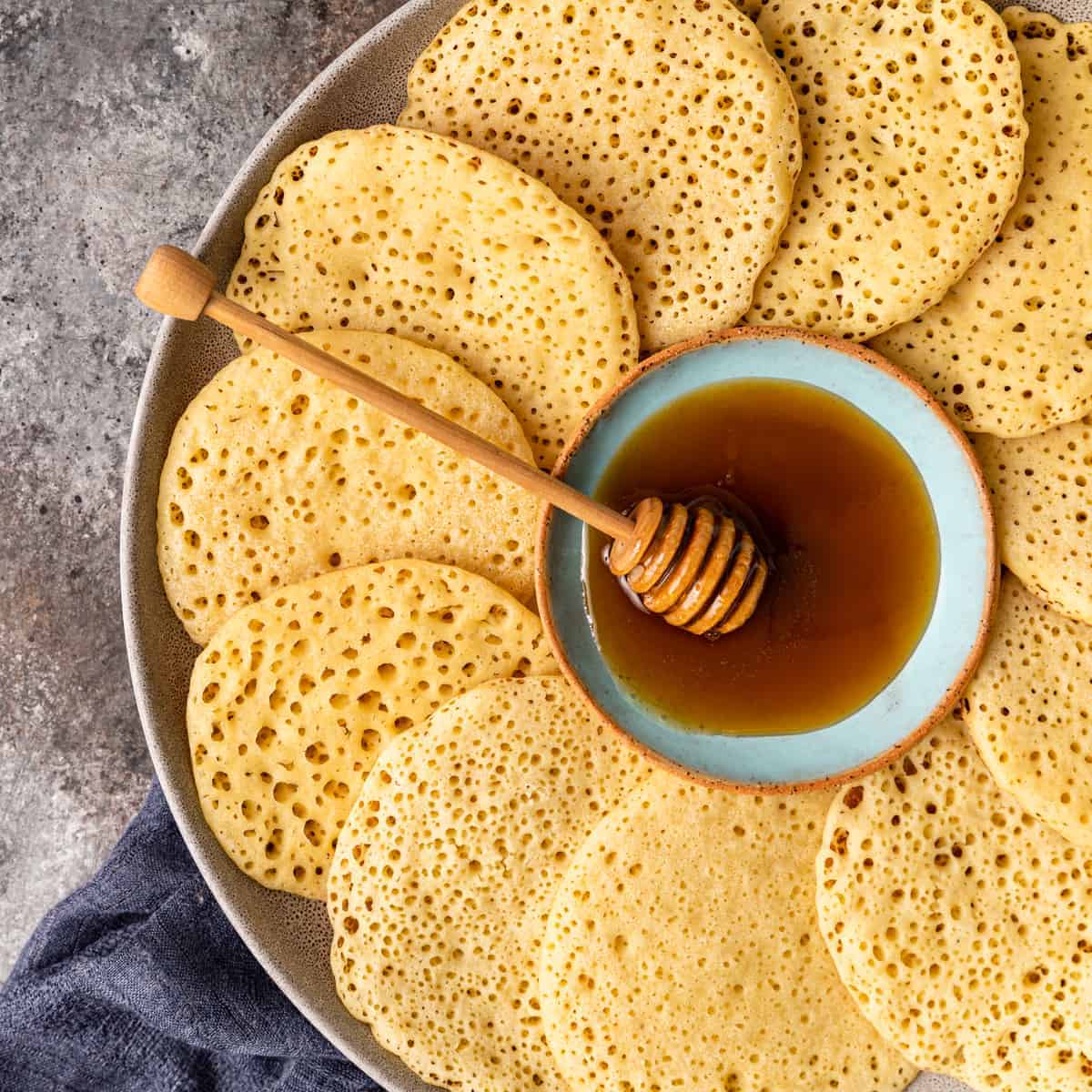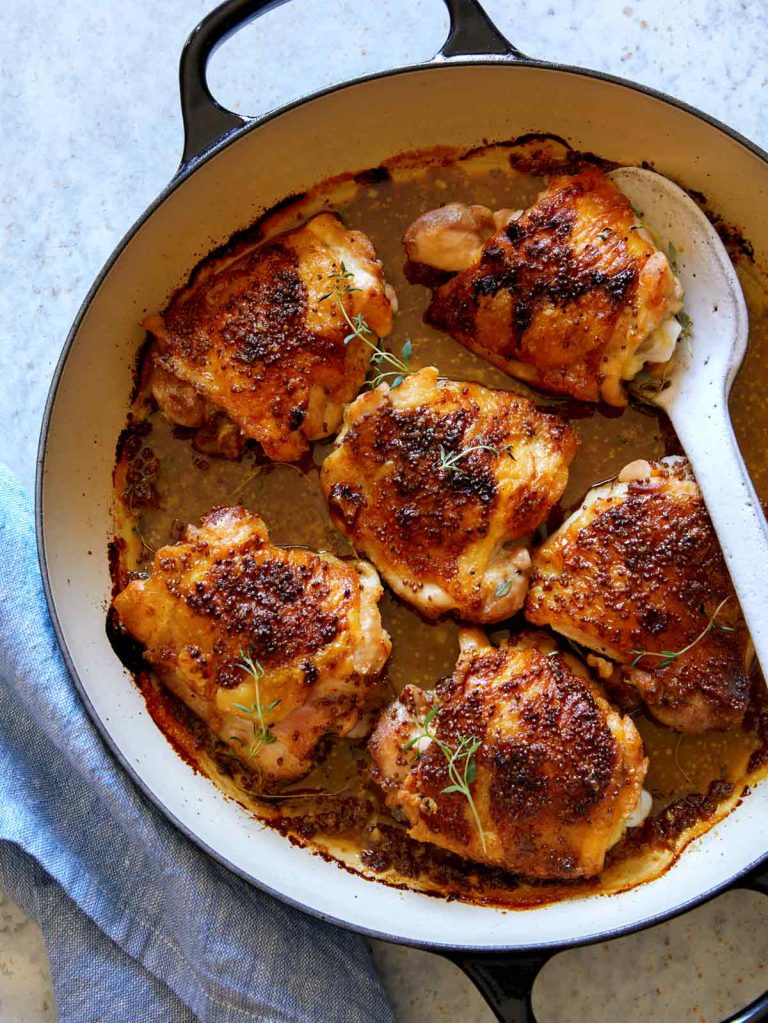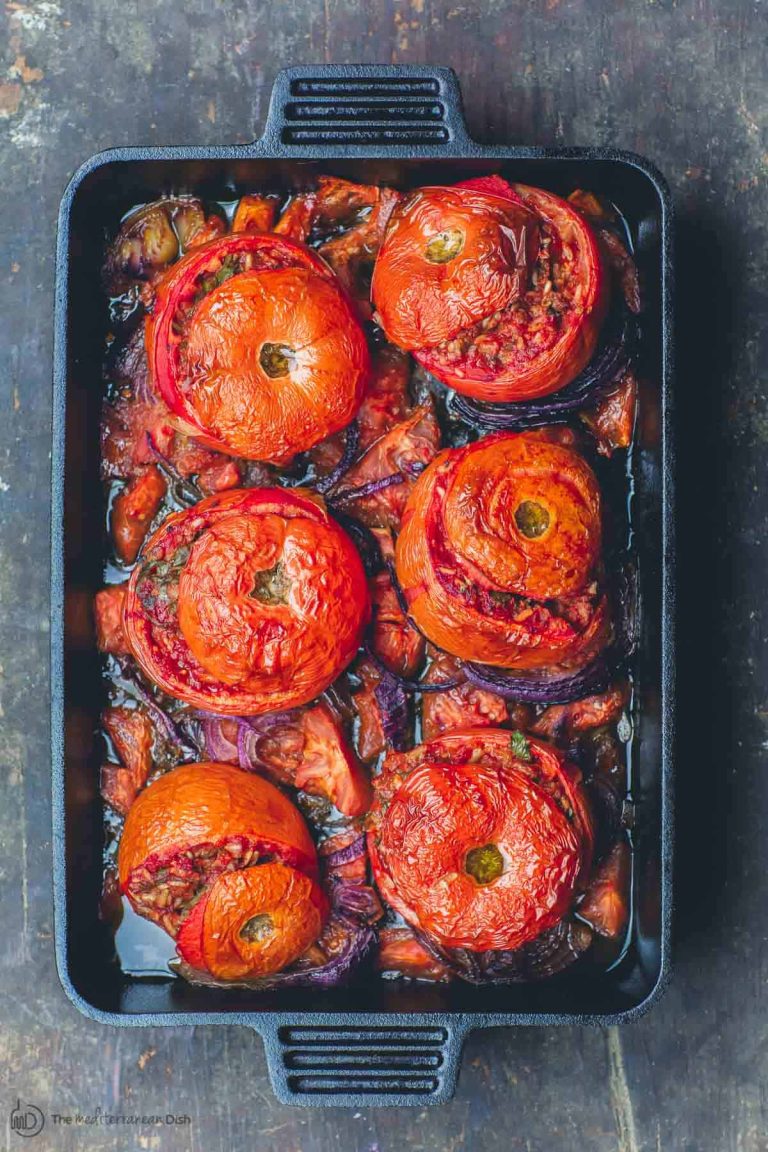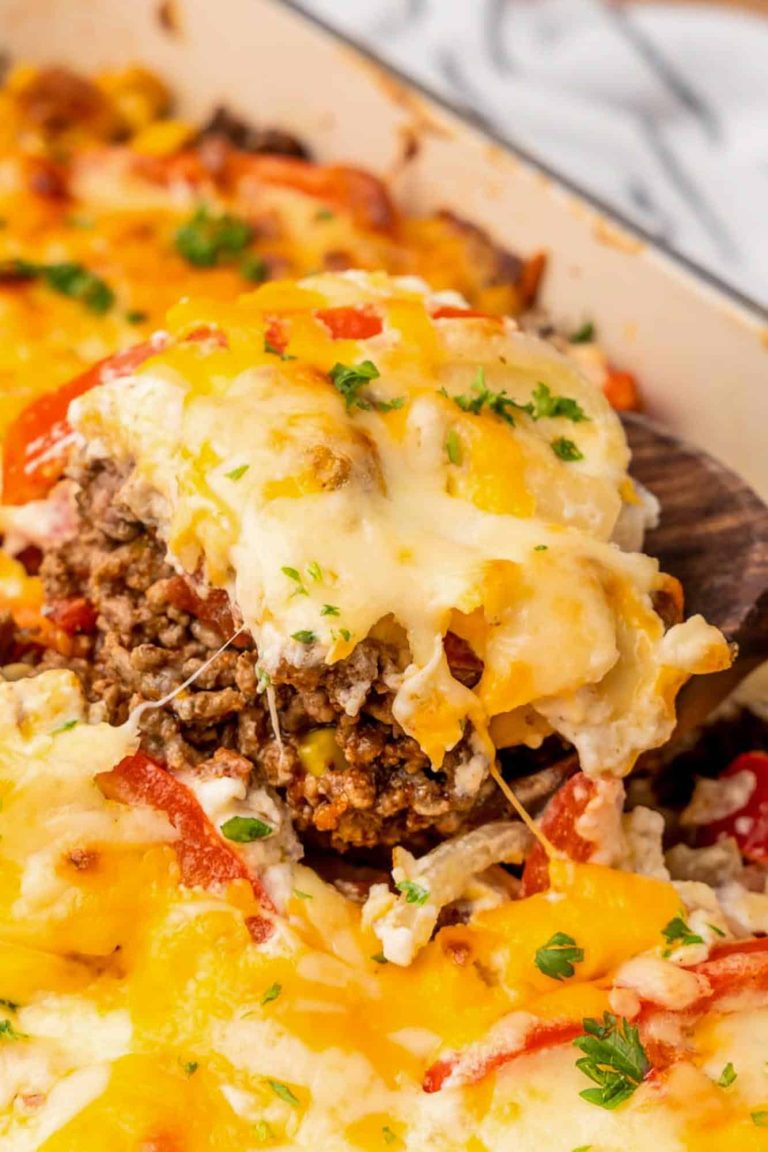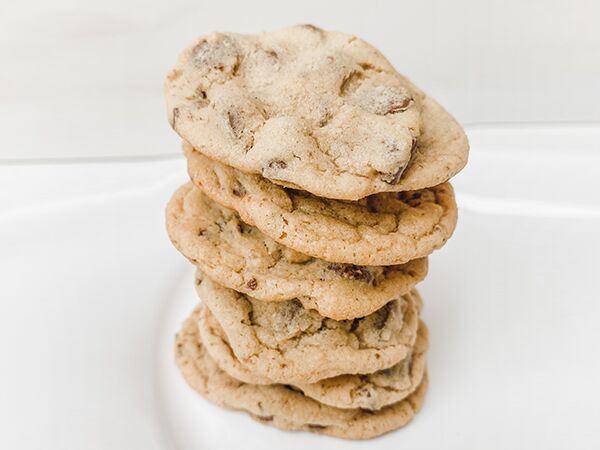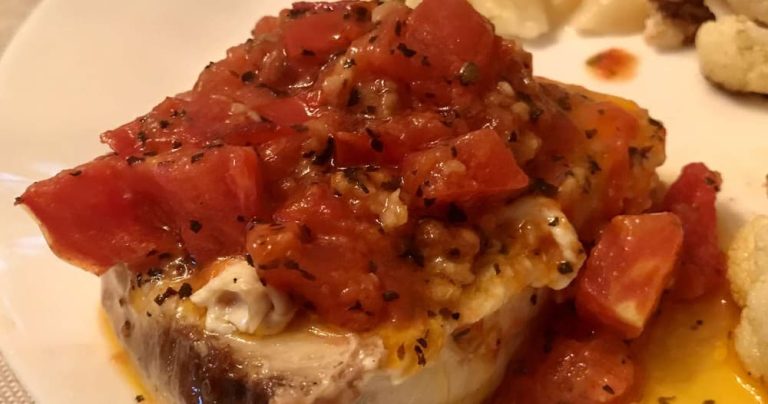Beghrir Moroccan Pancakes: Traditional Recipe, Topping Ideas, and Serving Tips
Beghrir, traditional Moroccan pancakes, have roots tracing back centuries. Made from semolina, these pancakes exhibit a unique honeycomb texture. The origins of Beghrir can be linked to the Berber communities in North Africa, known for their culinary craftsmanship. Historical records indicate that Beghrir’s honeycomb pattern serves both aesthetic and practical purposes, aiding in soaking up honey or syrup. The advent of trade routes helped spread Beghrir’s popularity throughout Morocco and neighboring regions.
Cultural Significance in Morocco
Beghrir holds substantial cultural importance in Morocco. Often served during Ramadan and special occasions, these pancakes symbolize hospitality and communal values. Families typically prepare Beghrir for iftar meals, celebrating the end of daily fasting. The pancake’s porous surface, ideal for absorbing honey, butter, or jam, enhances its role in festive gatherings. Beghrir also appears in Moroccan hospitality, where hosts offer them to guests as a gesture of warmth and generosity. This custom underscores Beghrir’s integral role in Moroccan culinary traditions.
Ingredients Used in Beghrir
Key Ingredients and Substitutes
Beghrir primarily uses staple ingredients found in most kitchens. Key ingredients include semolina, all-purpose flour, baking powder, yeast, salt, sugar, and water. Semolina and flour form the base, providing the characteristic texture. Yeast and baking powder ensure the pancakes rise, creating the signature honeycomb pattern. A pinch of salt enhances flavor, while sugar gives a slight sweetness.
For those with dietary restrictions or preferences, several substitutes are available. Use gluten-free flour in place of all-purpose flour. Substitute coconut or almond flour for semolina for a different flavor profile. Opt for a non-caloric sweetener instead of sugar if reducing sugar intake. For a vegan alternative, ensure the yeast is not derived from animal sources.
Nutritional Information
Beghrir offers several nutrients vital for a balanced diet. An average serving of 100 grams contains approximately:
| Nutrient | Value (per 100g) |
|---|---|
| Calories | 186 |
| Carbohydrates | 38g |
| Protein | 5g |
| Fat | 1g |
| Fiber | 2g |
| Sugar | 5g |
Beghrir provides essential carbohydrates, making them an excellent energy source, especially during fasting from sunrise to sunset in Ramadan. The low-fat content makes them a healthier choice. Rich in protein and fiber, they also support muscle maintenance and digestive health.
Cooking Techniques for Beghrir
Step-by-Step Cooking Process
- Mix Ingredients: Combine 1 cup semolina, 1 cup all-purpose flour, 2 teaspoons baking powder, 1 teaspoon yeast, 1 teaspoon sugar, and 1/2 teaspoon salt in a large bowl. Add 2 cups lukewarm water and blend until smooth.
- Ferment Batter: Let the batter rest for 30 minutes in a warm place. The yeast and baking powder should create bubbles.
- Preheat Pan: Heat a non-stick skillet over medium heat. Ensure the pan is evenly heated before pouring the batter.
- Cook Pancakes: Pour a ladleful of batter into the skillet. Do not spread the batter; let it form a natural circle. Cook until bubbles form and the surface dries, 2-3 minutes.
- No Flipping Required: Remove the beghrir from the pan once the surface is fully cooked and holes cover it. There’s no need to flip these pancakes.
- Incorrect Temperature: Ensure the pan is not too hot, which can cause uneven cooking.
- Overmixing Batter: Avoid overmixing, which can result in dense pancakes. Blend until just combined.
- Skipping Rest Period: Do not skip the 30-minute resting period. The batter needs time to ferment properly.
- Using Wrong Pan: Use a non-stick skillet for best results. Other pans can cause sticking and uneven cooking.
- Batter Thickness: Ensure the batter is not too thick or too thin. Adjust water quantities if necessary for the right consistency.
Serving and Presentation Ideas
Traditional vs. Modern Serving Styles
Traditionally, Beghrir is served with rich, flavorful ingredients intrinsic to Moroccan culture. You’ll often find it drizzled with a blend of melted butter and honey, making it a delightfully sweet treat. Another classic presentation is to sprinkle them with a simple sugar syrup or serve alongside a cup of Moroccan mint tea.
Modern serving styles embrace fusion and creativity. Consider topping Beghrir with fresh fruits like berries and figs or spreading a layer of almond butter or Nutella for a twist. Beghrir also pairs well with savory items like avocado slices or smoked salmon if you prefer a more contemporary approach.
Accompaniments and Toppings
Accompaniments enhance your Beghrir experience by adding flavor and variety. Popular choices include Amlou, a Moroccan almond spread, and Labneh, a creamy yogurt cheese. These traditional spreads are perfect for highlighting the pancake’s unique texture.
Topping options range from sweet to savory. You might like honey, cinnamon, and powdered sugar. For a more luxurious touch, try pistachios, pomegranate seeds, or even a dollop of whipped cream. On the savory side, consider feta cheese, fresh herbs, and olive tapenade. Each topping adds a new layer of taste to the already delectable Beghrir.
Conclusion
Exploring Beghrir opens up a world of culinary delight that’s deeply rooted in Moroccan culture. By mastering the cooking techniques and experimenting with various toppings, you can enjoy these unique pancakes in both traditional and modern ways. Whether you prefer sweet or savory flavors, Beghrir offers endless possibilities to satisfy your taste buds. So, gather your ingredients and get ready to create a delicious and versatile dish that will surely impress your family and friends.
